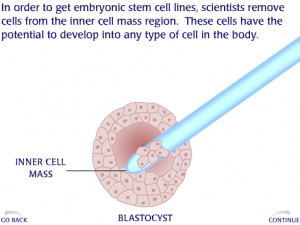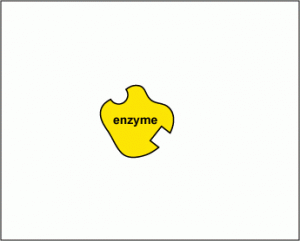NOTE- We recommend that you view Mechanism of Translation of mRNA by tRNA in Ribosomes prior to viewing the animations below so as to gain a better understanding of the topic.
Tetracyclines are broad spectrum antibiotics that are polyketide in nature and have a tetracene ring structure. Tetracyclines block bacterial cell growth by inhibiting the protein synthesis. Tetracyclines are commonly used to treat acne and other skin infections. Tetracyclines have the ability to chelate calcium and therefore prevent its absorption, therefore its use leads to calcium deficiency. It is also capable of binding to the calcium in teeth thereby staining it. Tetracycline drugs such as doxycycline has been used as a prophylactic drug for anthrax as well as for the bubonic plague. Systemically, tetracyclines are useful for the treatment of infections of the respiratory tract, urinary tract and the gastrointestinal tract. They are especially useful in patients who are hypersensitive to β-lactams and macrolides.
Mechanism of Action of Tetracyclines
Tetracyclines act by binding to the 30S subunit of the ribosome at the A-site. During protein biosynthesis, the new t-RNA with the amino acid attempts to bind to A-site of the ribosome. However, since the A-site is blocked by the tetracycline, the aminoacyl-tRNA cannot bind to it. Thus without the sequential attachment of the tRNA at the A-site, protein biosynthesis cannot occur. By inhibiting protein biosynthesis tetracyclines cause cell death of the bacterial cell.
[swfobject]1267[/swfobject]
The above animations has been supplied by Dr. Gary E. Kaiser from the Community College of Baltimore County– and it illustrates the mechanism of action of tetracyclines. The transcript of the animation is as follows:
” The tetracyclines (tetracycline, doxycycline, demeclocycline, minocycline, etc.) block bacterial translation by binding reversibly to the 30S subunit and distorting it in such a way that the anticodons of the charged tRNAs cannot align properly with the codons of the mRNA. ”
References
- Connell S. R. et al. Ribosomal Protection Proteins and Their Mechanism of Tetracycline Resistance. Antimicrobial Agents and Chemotherapy, December 2003, p. 3675-3681, Vol. 47, No. 12.




Thank, lecture was so useful keep providing more topic on drugs mechanism of action.
Thank you so much. This lecture is so helpful. i learned more knowledge about tetracycline. Now days i working on review of tetracycline.
The paper referenced is by S.R. Connell, with two “L”s.
Thanks for pointing out the typo.